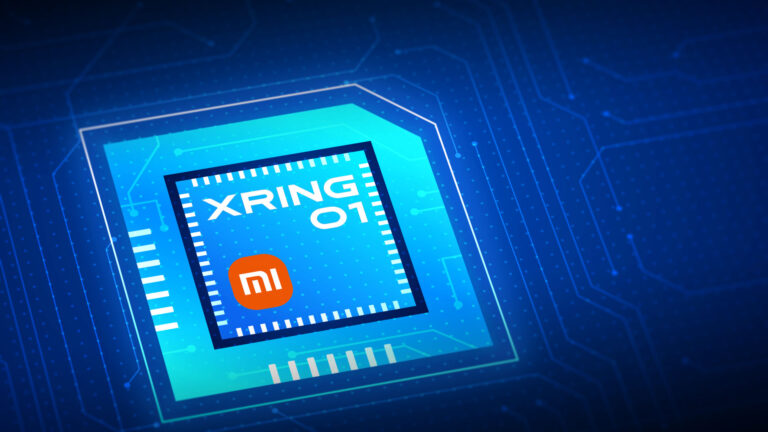In this photo illustration, the logo of Xiaomi’s XRing O1 chipset is seen on May 19, 2025 in Beijing, China. Xiaomi CEO Lei Jun announced on the evening of May 15 that the company’s self-developed smartphone SoC, XRING 01, will be officially launched in late May.
Vcg | Visual China Group | Getty Images
Chinese technology giant Xiaomi is planning a new high-end chip for its smartphones, a top executive at the company told CNBC, but won’t release one on a yearly basis like rival Apple.
Xu Fei, the vice president of Xiaomi, discussed the firm’s semiconductor ambitions, giving details about its roadmap for the product.
Xiaomi’s focus on developing its own chips mirrors efforts by top smartphone makers like Apple, Samsung and Huawei, as the Beijing-headquartered firm looks to expand its share globally, particularly at the more expensive end of the market.
Last year, Xiaomi launched a system-on-chip called the XRing 01 for its own smartphones. It is based on a 3 nanometer manufacturing process, one of the most advanced on the market. A system-on-chip, or SoC, is a type of semiconductor that contains different components that help run a device.

Xiaomi at the time committed to invest at least 50 billion yuan ($7 billion) over the next 10 years to develop its own chips.
Xu said that the company was “planning ahead” for its next generation of chip, but said she can’t promise it will release a new SoC each year.
“We are a a newcomer here, we need to learn and we need to plan,” Xu said.
Apple first launched its own system-on-chips in 2010 under the A series moniker. It has released a new A series semiconductor each year, with the latest one, called the A19, featured in the iPhone 17 models.
Xu revealed the thinking behind Xiaomi’s release timeline and how it relates to the company’s return on investment. There will be 1 million units of the XRing 01 shipped, Xu said, but Xiaomi will need to produce 10 million units per chip release for it to be a breakeven part of the business.
“So for us, we know we probably need to have ten years patience for the SoC to finally break even,” Xu told CNBC. “So at the first time, we just need to make sure the experience is good enough, the performance is good enough.”
Why Xiaomi is designing chips
An SoC is a critical part of a smartphone, acting like the brain of the device. Apple has had success designing its own chips because it is able to have greater control of the integration between its hardware and software.
That means the hardware can be tailored to more effeciently run the software, creating a better experience for the user.
Xiaomi has its own Android-based operating system called HyperOS and a suite of artificial intelligence applications called HyperAI. A custom-made chip for its own devices could help power this software more efficiently.

“It brings in vertical expertise to provide a tightly integrated experience with HyperOS and HyperAI to its ecosystem similar to Apple or Google,” Neil Shah, partner at Counterpoint Research, told CNBC.
While Xiaomi is a major smartphone player, it sells products spanning from smartwatches to rice cookers, refrigerators and electric vehicles. Developing an SoC for smartphones will give it expertise to develop silicon for other products too, Shah said.
Where does that leave Qualcomm and MediaTek?
Xiaomi’s smartphones currently rely on a combination of chips from U.S. firm Qualcomm and Taiwanese company MediaTek.
The Xiaomi 17 smartphone which was launched this week, for example, features Qualcomm’s latest SoC.
Xiaomi’s Xu said the company is going to continue using Qualcomm and MediaTek products even as it develops its own semiconductors.
“For Qualcomm, MediaTek, they are super, extremely good partners. We’ve been working them for 15 years, so we will continue this path. And at the same time, we’ll select … [the] right product to try our own chipset. We are going with two solutions at the same time,” Xu said.
“So we made it very clear to our partners: don’t be too worried at all.”

